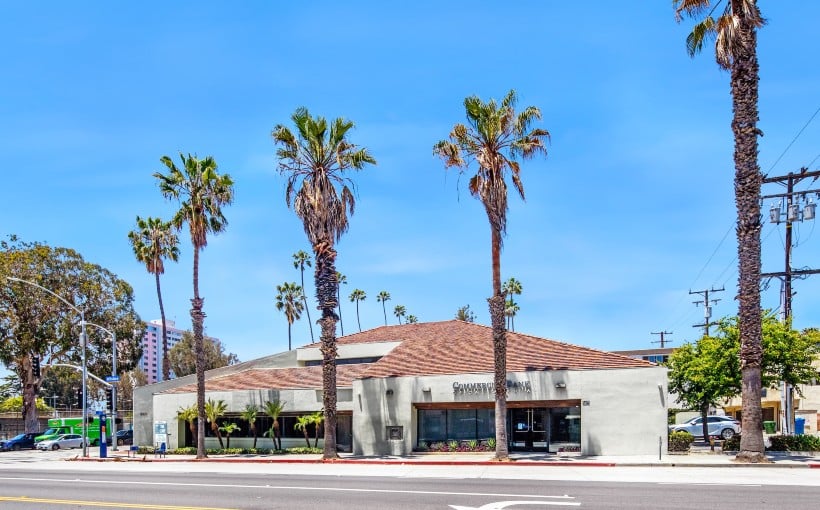Grocery stores, superstores, and dollar stores all have one thing in common – they offer food products to consumers. However, according to a recent white paper by Placer.ai titled “Unlocking Potential in Underserved Grocery Markets,” areas with a strong presence of dollar stores also tend to lack access to grocery stores.
The East and West Coasts are leading the way when it comes to grocery store visits. States such as Oregon, Vermont, Washington State, Massachusetts California Maryland New Hampshire Connecticut New Jersey and Rhode Island accounted for over 50% of food retail visits in early 2024.
However,the story is different for states located on the West North Central and South Central regions. In these areas,grocery chain visits only made up a small percentage of overall food retail traffic.In fact,in Mississippi,Oklahoma,and Arkansas,grocery chains attracted less than 20%of total food retail traffic.
But this does not mean that there is no interest or demand for grocery stores in these underserved markets.The white paper explains that existing grocery chains are experiencing significant growth,suggesting an untapped potential market hungry for more options.For example,North Dakota saw a year-over-year increase of 9.1%in grocery store visits between January-April 2024- almost double the national average.Other states with lower visit shares also had higher-than-average year-over-year growth rates.This indicates that there is room for expansion opportunities within these underserved markets.
In Alabama,a state where only about one-third (28.9%)of overall food retail traffic goes towards groceries,the annual visit growth rate (6.6%)outperformed the national average.The low share could be due to limited supply rather than lack of demand.In some parts,citizens must travel long distances just reach their nearest local grocer.However,this doesn’t necessarily mean high-end grocers like Trader Joe’s or Sprouts would be successful.Instead,the white paper suggests that mid-range grocery stores such as Aldi,Kroger,and Lidl would be a better fit for these areas.
The lack of accessibility,not interest,is the main issue for grocery stores in underserved markets.This presents an opportunity for expanding grocery chain operators and civic leaders looking to provide healthier food options in their communities. By identifying these underserved markets with high demand,they can strategically focus on developing new grocery store locations.




